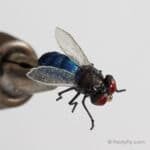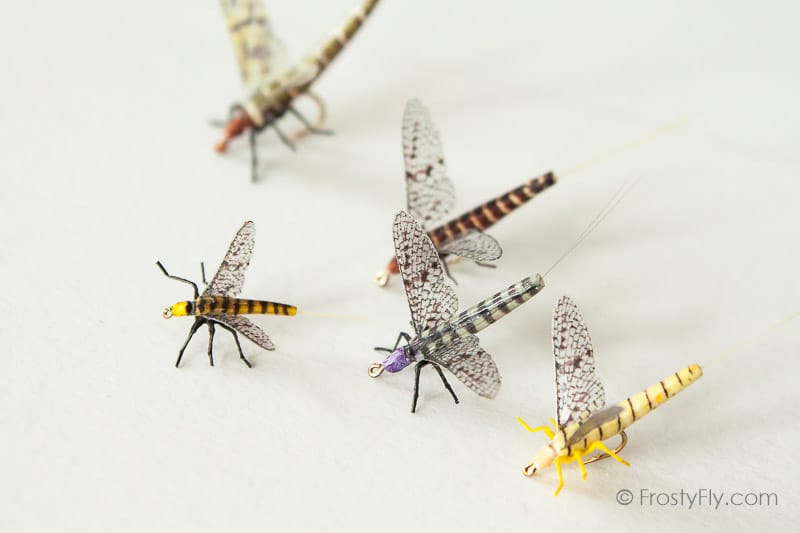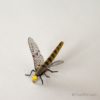Realistic Mayfly Dry II
Realistic Mayfly Dry II, designed and tied in Europe is an amazing fly pattern – it is a life-like imitation of an adult mayfly species. It has all the characteristics of a mayfly in this phase of its life cycle – large, transparent, membranous wings, the curved, extended body ending in a long tail, three pairs of flexible legs, the coloring, and the details. The body has been made of foam-like, lightweight, and sturdy material, which gives this pattern great floating capability. The details on the body are quite remarkable making this fly super-realistic looking. The fly is of the perfect weight, so when it hits the water, it emulates the real insect. Carefully designed wings with exceptional details and flexible, segmented legs add to the realistic look of the fly and provide that imperative advantage when fishing this fly pattern. Proven as super-effective, especially when fish is selective and finicky – this is definitely the fly to have in your flybox at all times.
Realistic Mayfly Dry II has been created in mayfly species that are most significant for fly fishing:
- Brown Drake (Ephemera simulans)
- Ephemera Danica
- Gray Drake (Siphlonuridae family)
- Eastern Green Drake (Ephemera guttulata)
- Western Green Drake (Drunella doddsii)
- Hexagenia (Hexagenia limbata)
- Sulphur – Pale Evening Dun (Ephemerella dorothea dorothea)
- Hendrickson – Red Quill – female (Ephemerella subvaria)
- Blue Winged Olive – BWO (Baetidae family)
- Gray Fox (Stenonema fuscum)
- Light Cahill (Stenonema canadense)
- White Mayfly (Ephoron leukon)
- March Brown (Rhithrogena morrisoni)
Each variation has been carefully designed to follow the particular species’ size, shape, proportions, and coloring.
Tip: To avoid twisting of tippet when casting larger mayfly patterns, you can try to go with a bit heavier tippet than you would usually use. Also, shortening of the tippet might help. In addition, you can use a micro swivel and connect it between your leader and tippet.
Fishing Mayfly Dun Patterns
The majority of mayfly species molt in the spring and early summer, while others do it at different times of the year. You could have sporadic hatches of certain species even in the late fall and early spring. These sporadic times could be even more interesting and productive for trout (and for a fisherman). During early spring and the fall, mayflies hatch in the warm hours of the day – usually midday. In the summertime, this event moves more towards the morning and late afternoon or early evenings. Usually, the warmer the weather, the shorter the hatch is – an hour or two. With cooler weather, this can last a couple of hours. As mayfly duns float on the surface like little sailboats, this behavior dictates the method of presentation of the fly that is imitating it. When presenting a dun imitation to the trout, it has to be drag-free and from upstream, not giving a fish much opportunity to see the line or leader. This can be done by cross-current reach cast. This way your fly will drift towards the trout before the line and the leader arrive.
To learn more about the mayfly life cycle and fly fishing techniques for different mayfly stages go here.








































Timothy Kramer (verified owner) –
Looks great and takes a beating . Will be buying more when needed.
Timothy Kramer (verified owner) –
Looks great and takes a beating . Very realistic looking.
Ted (verified owner) –
These are beautiful…
I can’t wait to fish with them!
Thank you for making a beautiful, quality product, and fast shipping!
FrostyFly can definitely expect more orders from me!
Steven M Gonzales (verified owner) –
I found no flaws. Realistic looking. Looks very well made.